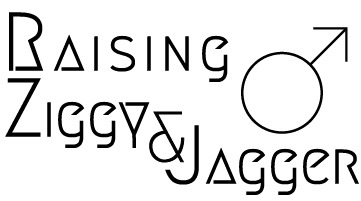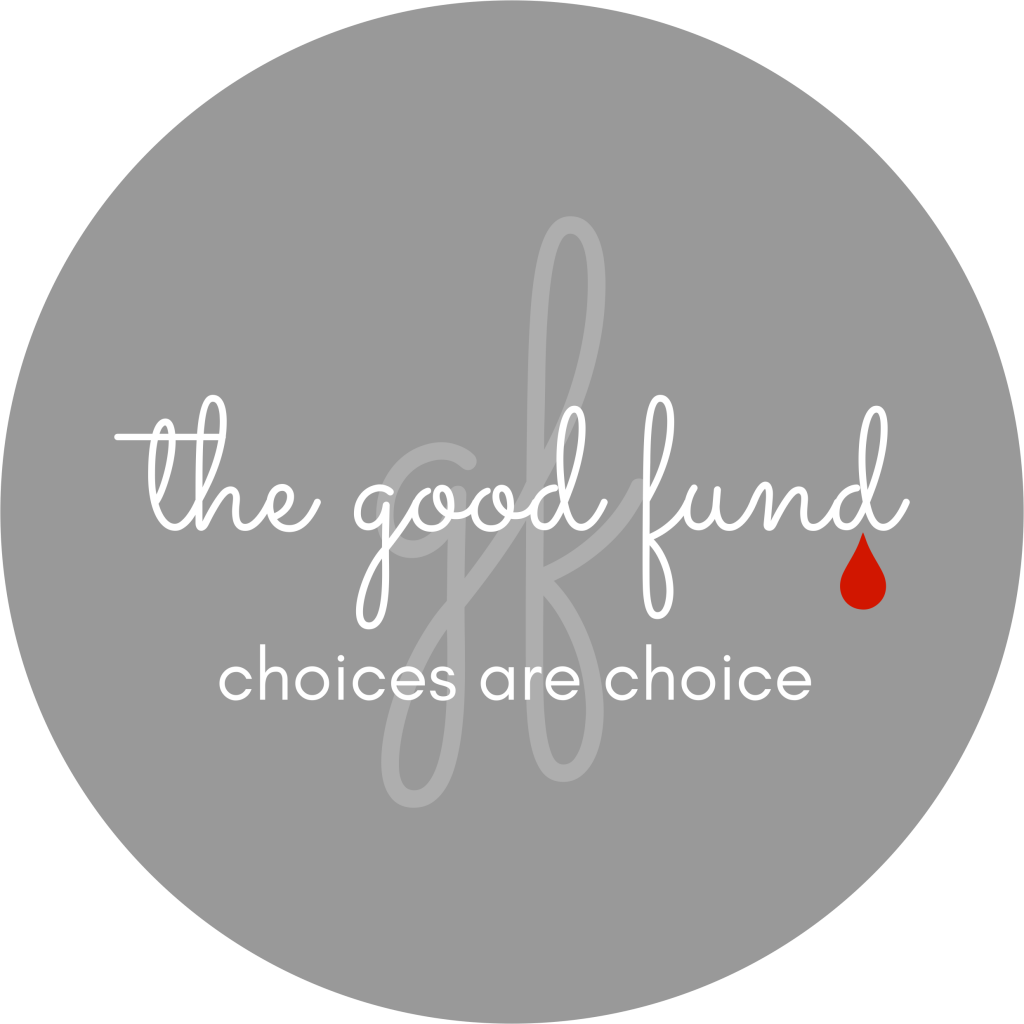Placenta encapsulation. Separately, I am familiar with these two words. Anyone who is pregnant has an idea of what the placenta is and does, it may be a vague idea, but you know it’s in there and you know it’s invaluable in keeping your baby alive. Encapsulation, well that’s got to be just what it sounds like. Putting something in a capsule. So, placenta encapsulation . . . putting the placenta in a capsule? What the hell. Why? What? Is it really a thing?

Ziggys placenta
When we fell pregnant, what would happen to Ziggys placenta was not something AJ and I really discussed. I think we both assumed that as per tradition, his whenua would be taken and buried in a special spot up north, returned to the land. After all, this is what had happened with his placenta, his brother’s, his sisters’ and their children’s. It is just what is done. Eating it was never on the radar.
I had heard of the placenta being eaten before, Hugh Fearnley-Whittingstall of River Cottage famously fried up a new mum’s placenta with garlic and shallots, Tom Cruise caused quite a stir when he mentioned considering eating the placenta after the birth of Suri (I don’t actually think he went ahead with that) and having lived on a farm* I had seen cows eat the placenta after birthing, as did our cat, dog and pigs. But I had never given thought to doing it myself. I mean, that’s just a bit gross isn’t it?

Sam checking everything is in order.
Then we met Cassie, and while we were discussing the options for our birth photography, she asked us what our plans were with regards to the placenta.
We told her that we would take it home and bury it, and she asked if we had considered Placenta Encapsulation? Considered? We had never even heard of it until then. So, as we’re curious people and wanted to know everything and anything that related to our pregnancy, we asked Cassie more questions. And the more she explained, the more the idea started to make sense to me.
Encapsulation of the placenta is a process by which the placenta is dehydrated, powdered, popped into gel capsules and then returned to the mum. To eat. Yes, you read that right . . . you eat it. Now I don’t know about you, but a gel capsule sure sounded a lot more palatable than a fry up or serving it on a pizza. But why would you? What reasons would there be to eat your placenta?
The placenta is a rich source of nutrients, hormones and all the goodies needed to create and sustain life. It is a package of goodness, tailor made by your body for your baby. So, when you think about it, it makes sense that once it’s done its job, it can be returned to your body.
But we were hesitant, we didn’t want to lose the tradition of returning the placenta to our ancestral lands. We didn’t want our child to be the odd one out, to be the only one missing in that special grove in the bush. It’s a spiritual thing and it meant a lot to both AJ and I to know he would have that tie to the land.
We explained these reservations to Cassie. She totally understood, in New Zealand burying the placenta is a well known tradition, especially for the Māori people, and she had clients before us with these same reservations. She explained to us that for the encapsulation process, only the placenta itself that is needed and the sac and cord would be returned to us, as these were not used. Perfect! We could both encapsulate and bury the placenta.

The sac our baby lived and grew in for 9 months.
Ziggy was born at 4:35am. By 7pm that same day, Cassie delivered two bottles of capsules to me and I started taking them straight away. Now, as Ziggy was my first child, I don’t have a reference to gauge the effectiveness of them against, but I really believe they made a world of difference to my post birth experience. . .
My milk arrived within 24 hours of giving birth. The midwife was a bit stunned, it’s not usually that fast. Ziggy was thriving. By 4 days old his poo was where that of a 7 day old should be (who knew they pay such close attention to baby shit in those first few days hey), and he gained weight in his first week of life.
My post-partum bleeding was over and done with in about 3 days. Which was such a relief. You see, the amount you bleed after giving birth is a bit scary if you’re not prepared for it. And then, just to make things even better, your midwife will give you the mother of all pads to wear to catch it all. They are massive, wider than the crotch of any undies you’ve ever owned. They make you walk with a waddle. Although, you’re probably walking with a waddle anyway. They are so big that even after you pull up your undies and your baggiest pair of pants, you have a front bum and a tail. Luckily you’re so stunned from giving birth, and busy gazing with amazement at this child you have just given birth too that you don’t give a shit. And any visitors you may get are too engrossed in the baby to notice your new crotch shape.

I did have a bit of light spotting for a few days after that, but I had downgraded from my pillow-like pads, to a liner. Much more comfortable, and no front bum or tail.
I also had energy – stupid amounts of energy for a brand new mum who was getting very little sleep and recovering from giving birth. I felt great. Okay, so this could have been the hormones raging though my body, but two weeks later I was still feeling wonderful.
I took the pills until the first bottle was empty, and then as my body adjusted and things healed and settled down, I used when I felt I needed to. I still have half a bottle in the cupboard and I will take one here and there, especially after a rough night with very little sleep. They give me a hit of energy to help get through the day.

So there it is, placenta encapsulation. I hope this gave you a bit of insight into a part of pregnancy that maybe you had not heard of or considered before. I also hope I haven’t put you off lunch hehehe.
* I say ‘farm’ and you possibly have images of a large operation with a few hundred cows and rolling hills of fertile green grass. Yeah . . . not quite. The ‘farm’ I grew up on, had 4 paddocks, on which we rotated roughly 20 cows (when the grass was not being grown for hay). We didn’t milk them, they were . . . I’m not sure to be honest. I know we killed the occasional one for meat but I remember most of those cows being around for the majority of my childhood, some being so tame you could walk up to them and stroke them. We had a couple of pigs (one of which almost bit my finger off when I was younger), various useless ‘cattle’ dogs, cats, chooks, ducks, a horse called Dune, lots and lots of gorse and a few blackberry patches.
Thank you for visiting. We post a lot of garden, food and Ziggy images on our Instagram account, and daily thoughts, discussions, and even a few giveaways on our Facebook page. Come and join us.
















I had my placenta encapsulated this time round and those pills are magic! ?
So you feel it made a difference compared to post-partum without them? I’ve only had one child so I can’t compare but I feel they did wonders!
Oh yeah, but we had a very different birth first time round and I hemoraged post birth and took a while to recover.. We had a very long labour (like 46hrs after my waters broke my son was born, it was actually like half an hour after they said to me “if he’s not born in 3hrs, we will admit you for a c-section” which is what lead me to try hypnobirthing the second time round) with lots of interventions, but my milk took aggges to come in, I felt like shit for a loooong time after the first time round…
This time, we self discharge AMA and where home a few hours after my youngest was born, I had a heap of colostrum I had expressed at the end of pregnancy in case my milk didn’t come in and we didn’t use any of it, I hardly had much post-partum bleeding and felt “high” for lack of a better term. But biggest difference to be honest was the hormonal effects, a friend who also did the same second time round but not with her first, and I marvelled over how much of an aphrodisiac they are as much as they helped stabilise post-partum mood swings and “blues”